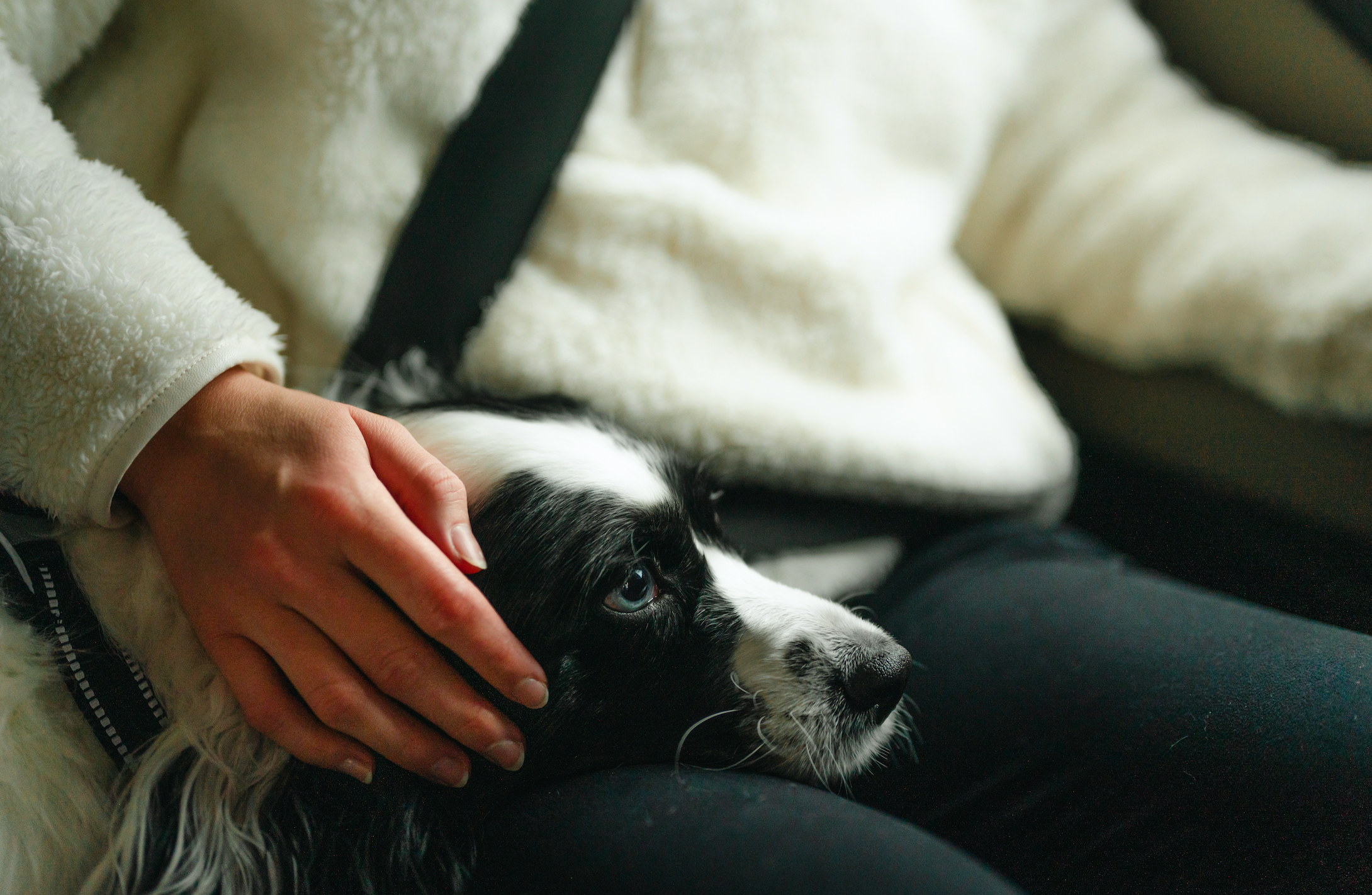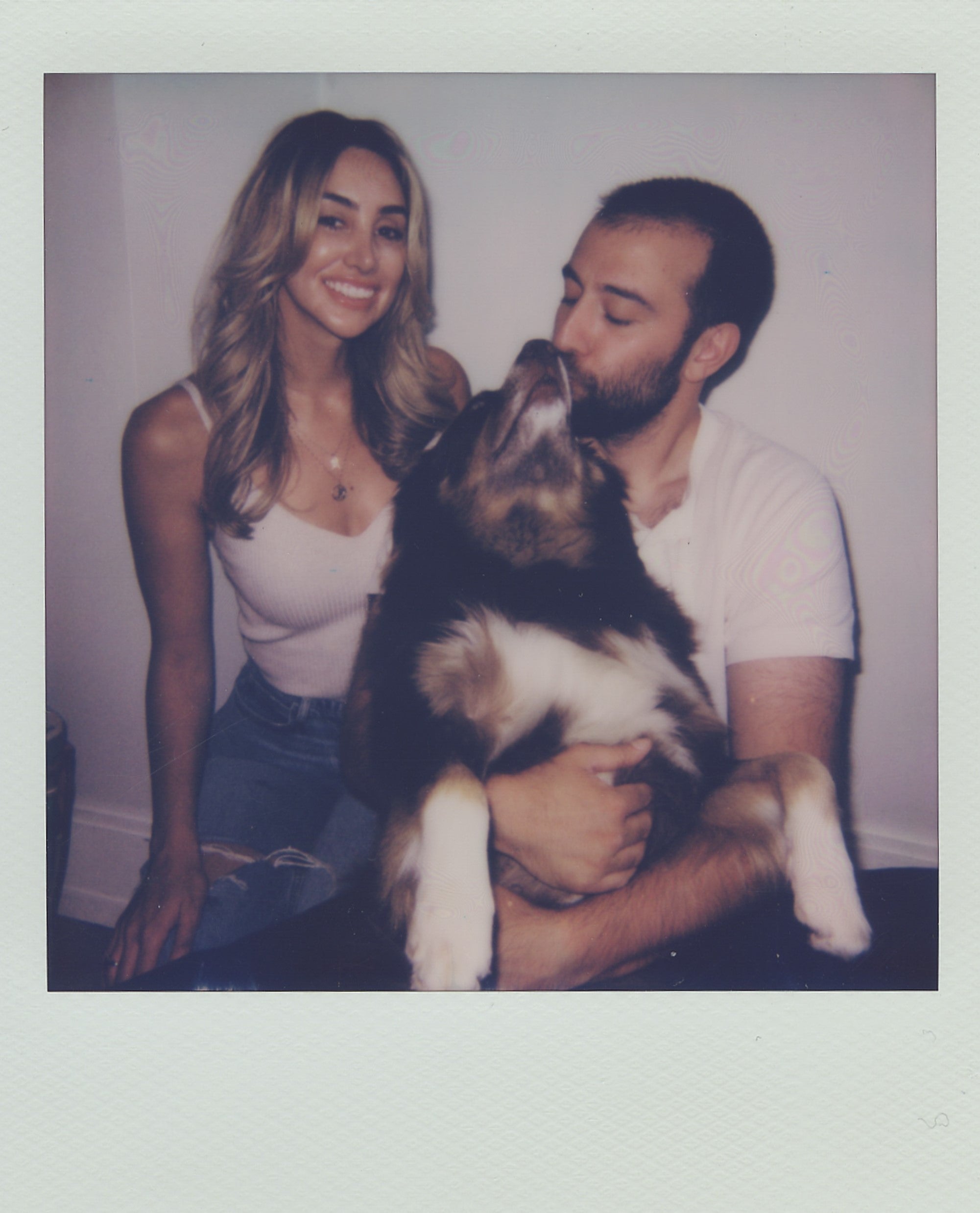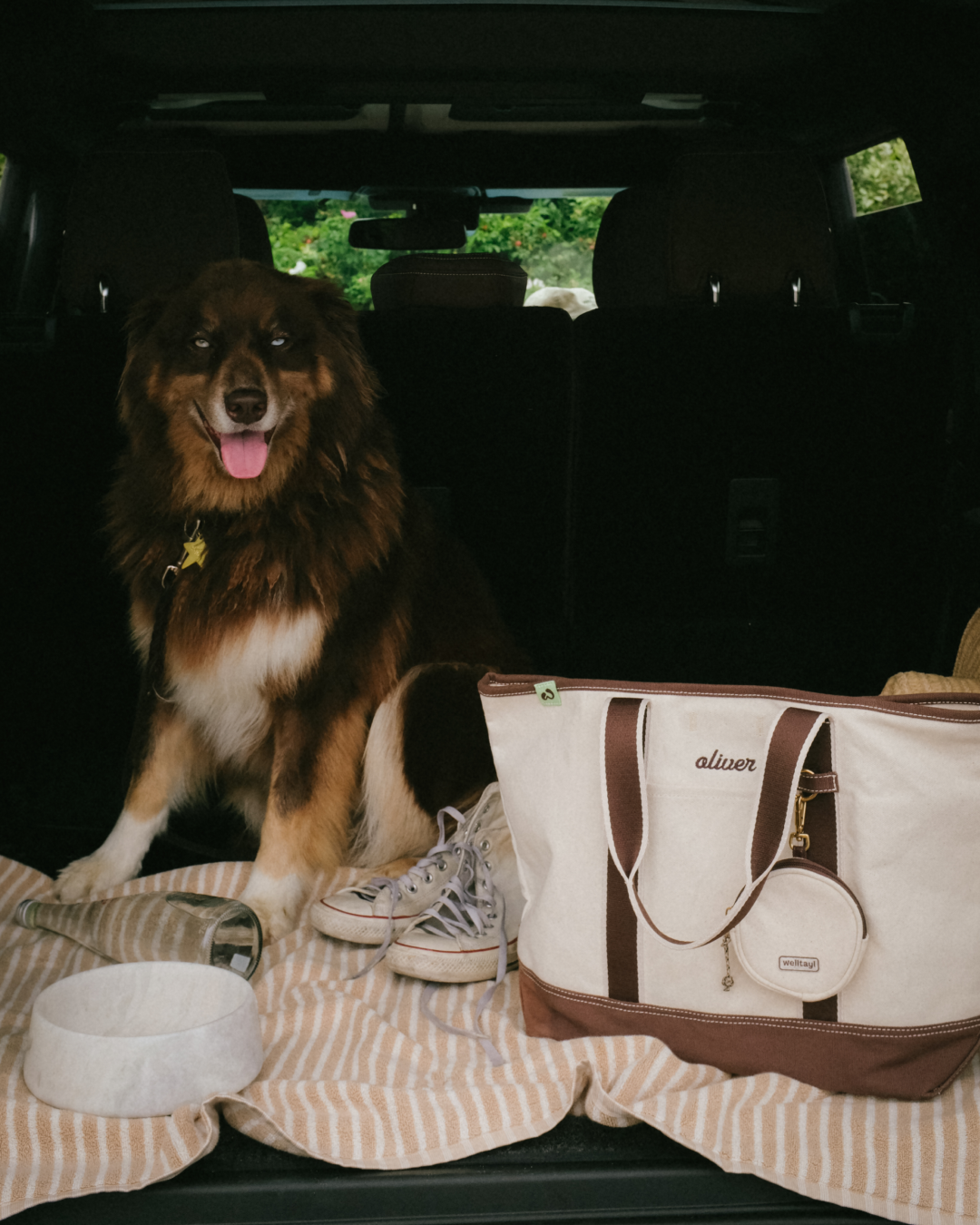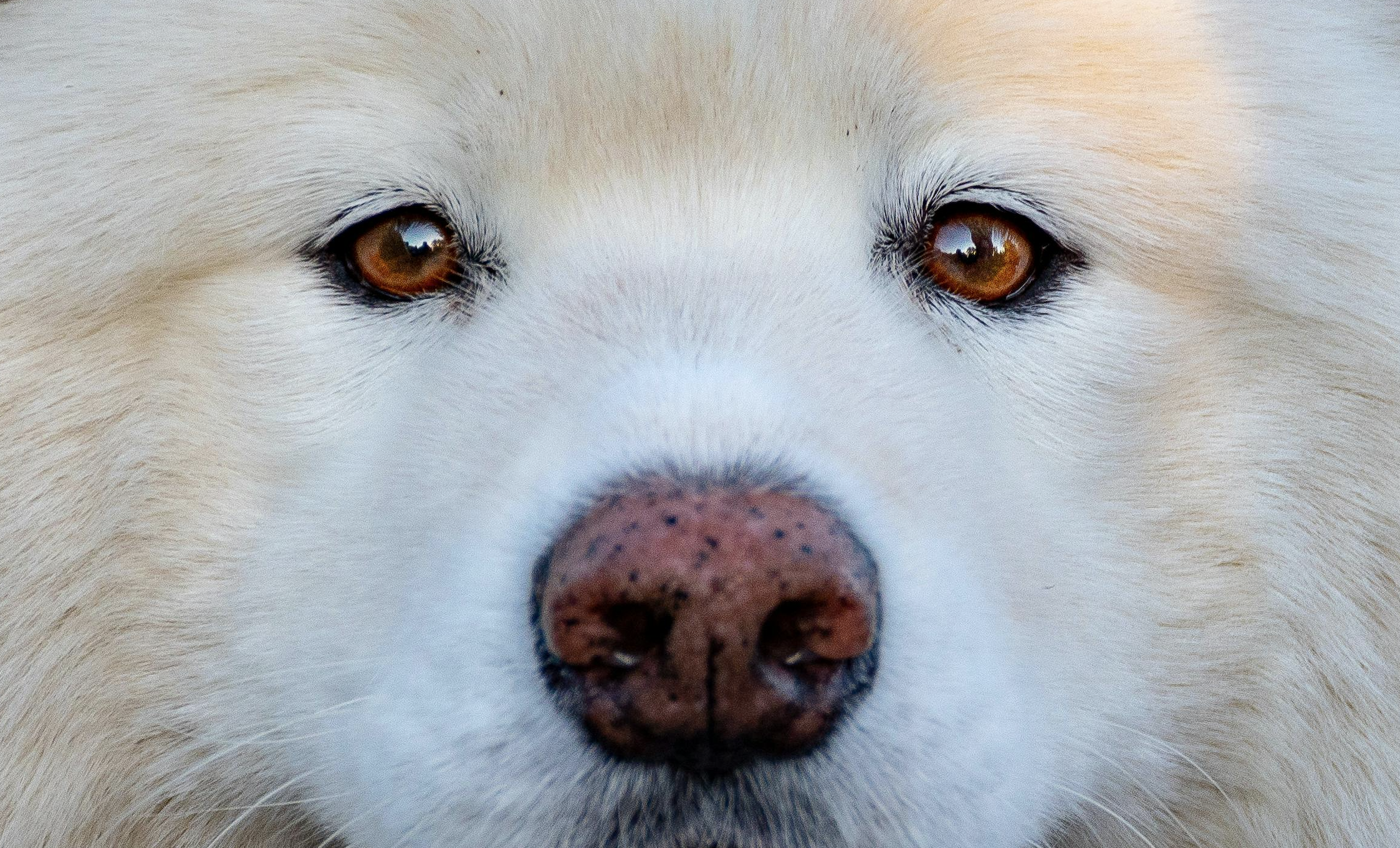Have you ever wondered what the world looks like through your dog’s eyes? While you see bright green grass and a vivid blue sky, your furry friend experiences a much different view. Dogs don’t see the same range of colors as humans - they see the world in shades of yellow, blue, and grayish-brown. That red ball they love? It might look more like a dull brown to them!
But don’t feel bad for your pup! Their vision might seem muted compared to yours, but dogs have some incredible visual skills you don’t. They’re experts at spotting movement and can see better in dim light, which makes them great at navigating the world when the sun starts to set. Understanding how dogs see can help you connect with your pet on a whole new level and even choose toys or activities they’ll enjoy more.
Table of Contents:
- Key Takeaways
- Understanding Dog Vision
- Common Vision Problems in Dogs
- How to Support Your Dog's Eye Health
- Conclusion
- Frequently Asked Questions
Key Takeaways
-
👁️ Their visual sharpness is lower than humans, with an average vision of 20/75 to 20/85, making distant objects appear blurrier to them.
-
🌖 Dogs excel at detecting movement and have superior night vision due to a higher concentration of light-sensitive rods and a special reflective layer in their retinas.
-
🎾 Toys and objects in blue or yellow stand out most to dogs, making them ideal for play and training.
-
🐶 Regular eye evaluation, proper diet, and environmental adjustments can support and maintain your dog's vision as they age.
Understanding Dog Vision
Dogs experience the world through a unique lens, shaped by their distinct visual capabilities. By learning how their vision differs from ours, we can gain insights into their behaviors and preferences.
How Does Dog Vision Differ From Human Vision?
Dog vision isn't as sharp as human vision, and they perceive the world differently due to key differences in their eyes. While a person with perfect sight has 20/20 vision, dogs typically see at 20/75 to 20/85. This means objects appear blurrier to them, especially those far away. Dogs have a broader field of vision, around 250 degrees compared to the human field of 180 degrees, due to their eye placement. This allows dogs to spot movement to the sides more effectively.
Can Dogs See Colors?
Contrary to old myths, dogs don’t see the world in black and white. They mainly see in yellows and blues. For instance, a red toy may look brown to a dog, but a blue toy will stand out more vividly. This unique spectrum affects how they navigate their environment and respond to colorful objects. When choosing toys or training equipment, you might notice your dog prefers blue or yellow items. This preference aligns with the colors they can see most clearly.
Do Dogs Have Night Vision?
Dogs excel in low-light conditions due to a variety of adaptations. Their retinas contain more light-sensitive rods than ours, allowing them to see better in dim or dark environments. Additionally, a reflective layer called the tapetum lucidum enhances their night vision by bouncing light back onto the retina. This is also why their eyes often shine in the dark.
While dogs can't see in complete darkness, their enhanced sensitivity helps them navigate at dusk or during nighttime walks. This advantage is rooted in their evolutionary past when spotting predators or prey in low light was critical for survival.
The Science Behind Dog Eyesight
Dogs experience the world in ways that are both similar to ours and entirely unique. Their vision has evolved to prioritize dim-light navigation and motion detection while sacrificing fine details and a broad spectrum color.
The Role of Rods and Cones
Dogs’ eyes are specially designed to adapt to low-light conditions. Their retinas contain more rods than human eyes. Rods detect light and motion, which is why dogs excel at spotting movements far away, like a squirrel darting across a yard. Cones are responsible for color, and dogs have fewer of these receptors than humans.
How Sharp Is a Dog's Vision?
Dogs’ vision clarity differs depending on lighting and distance. On average, they have 20/75 to 20/85 vision, meaning an object you see clearly at 75 feet is only distinguishable to a dog at 20 feet. Dogs often rely on their keen smell and hearing to complement their less precise visibility.
Love your dog and want to learn how to keep them healthy and happy? Join the Welltayl Newsletter for more tips on caring for your furry friend. Get expert advice on topics like grooming, diet, and overall health! Add your email now and stay informed.
Common Vision Problems in Dogs
Dogs can face various vision problems that may affect their overall well-being and daily activities. Recognizing signs of potential issues can help you catch them quickly, hopefully leading to better outcomes.
Signs of Vision Issues in Dogs
Certain signs may indicate your dog is experiencing vision problems. These include:
-
Changes in behavior: You may notice your dog hesitating to move around familiar areas or struggling to locate treats or toys.
-
Squinting or avoiding bright lights: If your dog squints frequently or seems uncomfortable in bright light, they may have an underlying eye problem.
-
Bumping into objects: Dogs with reduced vision may walk into walls, furniture, or other obstacles they previously avoided.
-
Changes in eye appearance: Redness, unusual discharge, cloudiness, or a glossy film over the eyes may signal an issue affecting their vision.
If you notice any of these changes, get your dog in with their veterinarian for an evaluation to have their eyes checked.

How to Support Your Dog's Eye Health
Regular Veterinary Check-ups
Scheduling regular eye exams with your veterinarian helps detect vision problems early. These exams can identify issues like cataracts, glaucoma, or retinal diseases before they worsen. Early treatment can preserve your dog's quality of life.
Environmental Adjustments
Keeping your dog's environment consistent, safe and easy to navigate reduces stress, especially if their vision is declining. Remove obstacles like loose furniture or clutter from walkways at home. Use consistent, high-contrast markers, such as rugs or brightly colored bowls, to help your dog find areas like their feeding zone. Ensuring well-lit spaces also aids older dogs in seeing more clearly.
Monitoring Age-Related Changes
Observing your dog’s behavior helps identify possible vision problems as they age. Signs like bumping into objects, acting startled, or hesitating in familiar areas may indicate reduced vision. Adjust their routines by introducing auditory cues or reinforcing habits with actions like using your voice as guidance.
Conclusion
Understanding how dogs see the world helps you connect with them on a deeper level. Their unique vision, shaped by evolutionary adaptations, influences how they interact with their surroundings and respond to you. By considering their visual strengths and limitations, you can make more informed choices about toys, training methods, and creating a safe environment.
Prioritizing your dog’s eye health through regular check-ups and thoughtful adjustments to their environment ensures they thrive at every stage of life. Embracing their perspective enriches your bond and enhances their overall well-being.
Don't miss out—subscribe to the Welltayl newsletter! Get helpful tips about your dog's health. Whether you're searching for easy-to-understand advice or new ways to keep your furry friend happy, Welltayl's got you covered. Join us today! 🐾

Frequently Asked Questions
What does a dog's vision look like?
Dogs see the world primarily in shades of yellow, blue, and grayish-brown.Their vision is also less sharp than humans', with objects appearing blurrier at a distance.
What colors do dogs see best?
Dogs see blue and yellow hues most clearly. High-contrast blue or yellow toys and training tools are ideal for them.
Can dogs develop vision problems?
Yes, dogs may experience vision issues like cataracts, glaucoma, or retinal diseases, especially as they age. Signs of vision problems include bumping into objects, squinting, or avoiding bright lights. Regular veterinary check-ups can help detect and address these issues early.
Resources:
Read more

Learn how to help calm your anxious or stressed dog.

Is your dog anxious when left alone? Learn the causes, symptoms & effective training strategies to reduce separation anxiety and keep your dog calm & happy.










